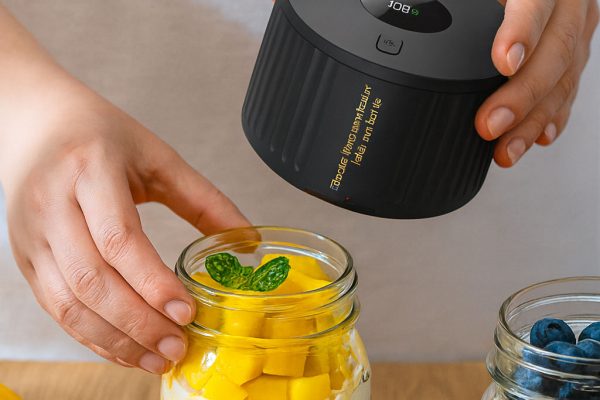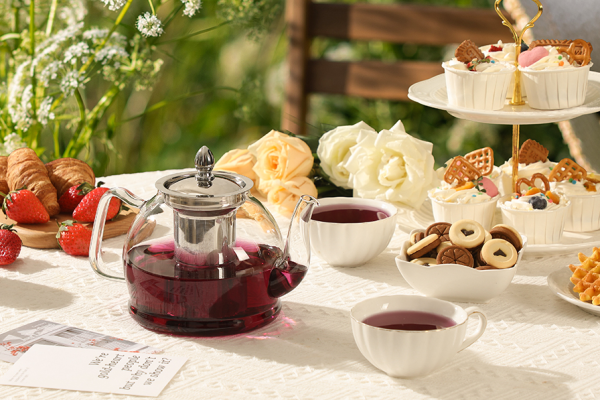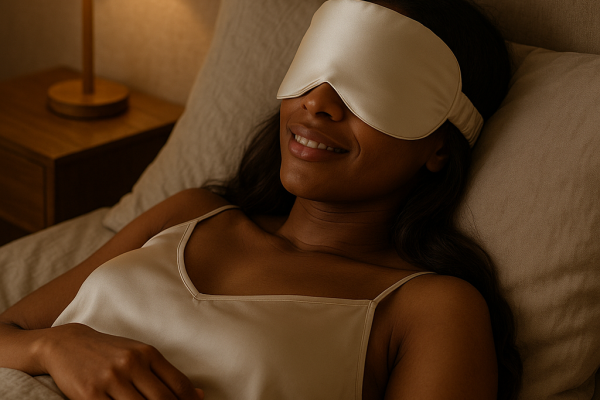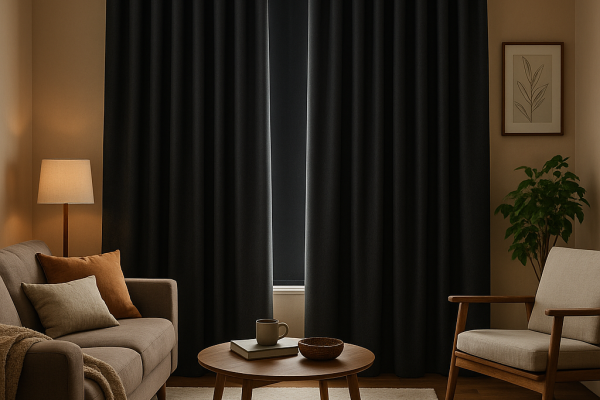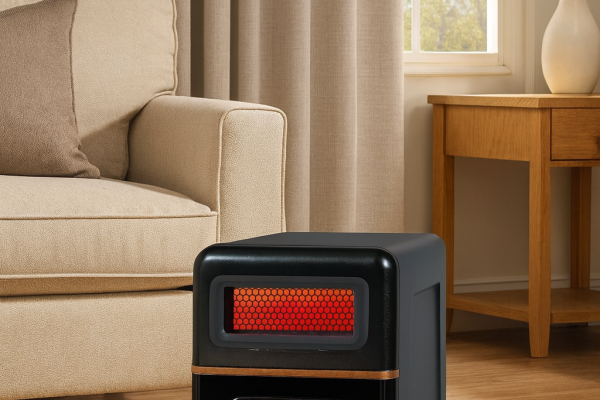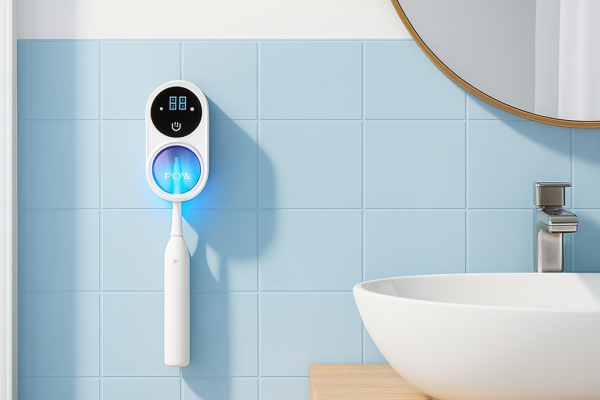You’ve spent hours scrolling through paint swatches online, finally landing on the perfect shade of sage green. But when it arrives on your walls, it’s not serene—it’s neon. Sound familiar? You’re not alone. Welcome to the Swatch Deception: a frustrating phenomenon where colors transform under your home’s lighting, scale, and surroundings. In this post, we’ll break down why this happens and share foolproof solutions to nail your color choice every time.
The Swatch Deception: Why Your Perfect Color Goes Rogue
Modern design trends encourage us to browse paint colors online, but screens and tiny swatches lie. Here’s why:
- Lighting Lies
- Natural Light: North-facing rooms cast cool shadows, while south-facing spaces bake in warm light. A beige that looks cozy at noon might feel icy by dusk.
- Artificial Light: Warm bulbs (2700K) add yellow undertones; cool LEDs (4000K) amplify blues. That “neutral” gray? It could morph into lavender under your lamps.
- Scale Shock
A 2×2 inch swatch ≠ an entire wall. Colors intensify when expanded. A muted blush on a chip can scream bubblegum pink across four walls. - Reflection Rebellion
Your espresso hardwood floors or emerald sofa bounce tones onto walls. That crisp white might pick up a rosy or greenish tint you never expected
How to Beat the Swatch Deception

Don’t let lighting, scale, or reflections sabotage your paint color. Follow these expert tips to ensure your swatch matches your reality—then let our Color Quiz do the heavy lifting.
1. Test Samples Like a Pro
- Go big or go home: Paint a 2×2 ft poster board (not just the wall) and move it around the room. Colors shift in corners, near windows, and under artificial light.
- Observe for 48 hours: Check the sample at sunrise, noon, and night. A color that glows golden in daylight might turn murky under evening lamps.
2. Decode Your Room’s Lighting Personality
- North-facing rooms: Lack direct sunlight, amplifying cool undertones. Balance with warm shades (e.g., creamy whites, soft peaches).
- South-facing rooms: Bathed in warm light. Cool-toned colors (like blues or grays) will stay truer here.
- LED bulbs: Match your bulb’s Kelvin temperature to your color. Warm bulbs (2700K) cozy up cool paints; cool bulbs (4000K) sharpen warm tones.
3. Neutralize Reflective Surprises
- Hold a white sheet of paper next to your flooring or furniture. Notice a yellow tint from oak floors? A pink glow from a red rug? Choose a wall color with subtle opposite undertones to cancel out reflections (e.g., a hint of green counteracts pinkish hues).
4. Avoid “Zoom-In” Syndrome
- Tiny swatches trick your brain into focusing on undertones. Step back 6+ feet to see the color’s true personality. Still stuck?
Let Our Color Quiz Solve the Mystery
Why play guessing games? Our free 2-minute Color Quiz analyzes your room’s unique quirks:
- Lighting direction and bulb types
- Flooring and furniture materials
- Room size and ceiling height
We’ll recommend colors scientifically proven to work in spaces like yours—no more swatch shock.
Discover Your Lighting-Proof Color Palette Now

